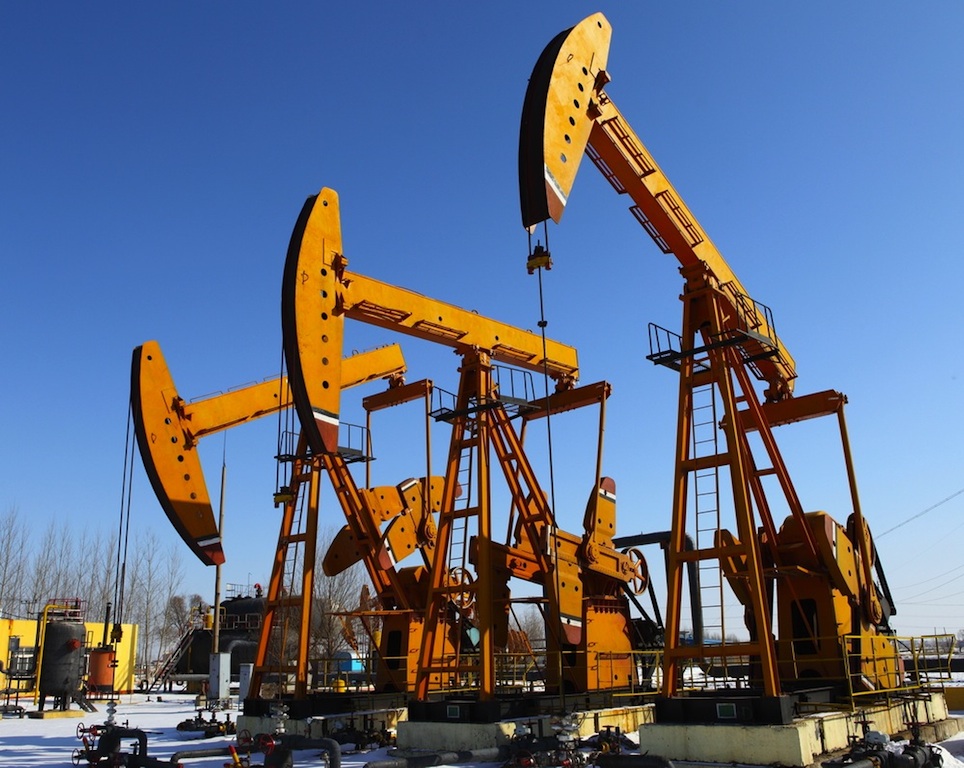Roxi Petroleum announces operational update on Kazakhstan

By Aynur Jafarova
A Central Asian oil and gas company with a focus on Kazakhstan announced operational update last week.
Roxi Petroleum said it has recently resumed drilling operations and now expects to reach total depth by the end of the first quarter of 2014.
Roxi has a 58.41 percent interest in the BNG Contract Area, which is located in the west of Kazakhstan, 40 kilometers southeast of Tengiz on the edge of the Mangistau region. The company resumed full control of BNG Ltd LLP in the second quarter of 2011.
BNG Ltd LLP plans to drill five deep wells before the expiry of the existing license in June 2015, and the locations of the first two deep wells are already identified.
The Contract Area has both shallow and deep prospects, and Roxi was founded to explore and develop following the $40 million equity funding commitment in January 2013.
Roxi announced that Well 807 has reached it revised total depth of 2,301 meters and an oil casing string has been set and cemented.
Based on early indications, Well 807 is expected to produce 225 barrels of oil per day, (131 barrels of oil per day net to Roxi), which is similar to the other successful shallow wells. Based on testing to date, Roxi expects Wells 54, 143, 805, 806, and 807 to be capable of producing some 1,200 barrels of oil per day (701 barrels of oil per day net to Roxi).
During the next three months, three intervals of Valanginian age at Well 806 will be tested using a work-over rig, and the data from these tests will be used for calculating reserves for the Valanginian horizon. During the same period, a separate work-over rig will be used at Well 143 and the test data will be similarly used to calculate reserves.
BNG Ltd LLP, in which Roxi has a 58.41 percent interest, plans to drill 5 deep wells before the expiry of the existing license in June 2015, with the locations of the first two deep wells already identified. It is expected that three of the five wells be drilled on the Ayrshaghal structure, and two on Yelemes structures.
The first deep well, designated Well A5, will be drilled to an estimated depth of 4,700 meters and was dug in July 2013, targeting the Permian formation at 4,120 meters and the Carboniferous formation at 4,390 meters. Seismic analysis shows that the salt layer, which is now expected to be up to 250 meters thick, will be encountered at around 3,800 meters.
Roxi Chairman Clive Carver believes that his company remains well-placed to continue building on the successes of 2013.
"Most importantly, we have the funding in place to continue our multi-well development program. With the early indications from Well 807, we believe that the shallow wells at BNG have already demonstrated themselves to be commercial and we are poised to discover the value of the BNG's deeper prospects in Q1," he said.
Kazakhstan, one of the five Central Asian countries, is rich
with hydrocarbon reserves. The county's largest hydrocarbon fields
are Kashagan, Tengiz, and Karachaganak.
The recoverable oil reserves of Kashagan field are estimated at 11
billion barrels, whereas total geological raw material reserves
stand at 35 billion barrels. Besides, natural gas reserves are
estimated at over 1 trillion cubic meters.
The Tengiz oil field is one of the deepest and largest oil fields
in the world. Reserves of the deposit are estimated at 750 million
to 1.1 billion tons (6-9 billion barrels) of recoverable oil.
Karachaganak is one of the world's largest fields. Its oil reserves
amount to 1.2 billion tons, while those of natural gas are 1.35
trillion cubic meters.
Here we are to serve you with news right now. It does not cost much, but worth your attention.
Choose to support open, independent, quality journalism and subscribe on a monthly basis.
By subscribing to our online newspaper, you can have full digital access to all news, analysis, and much more.
You can also follow AzerNEWS on Twitter @AzerNewsAz or Facebook @AzerNewsNewspaper
Thank you!
